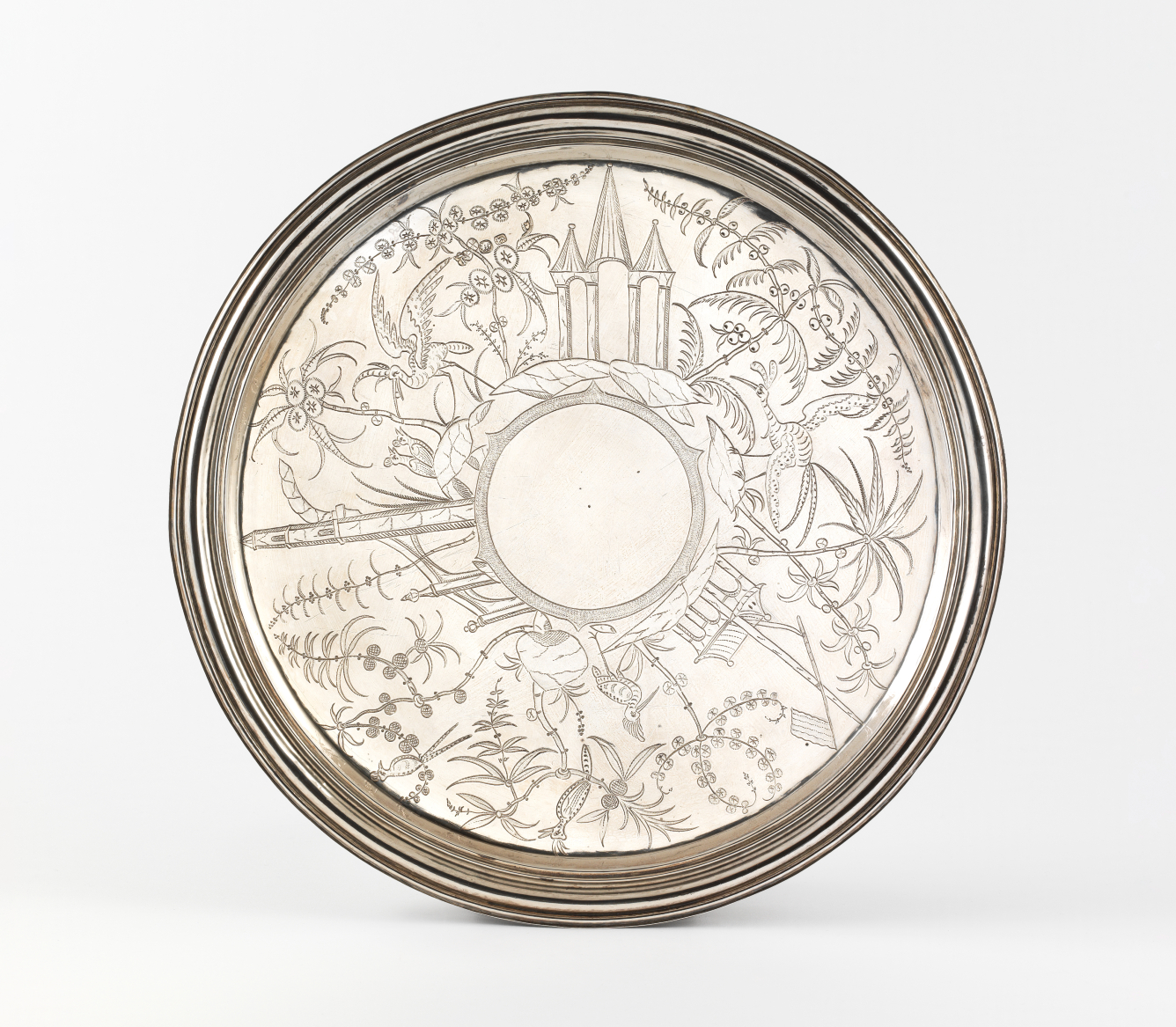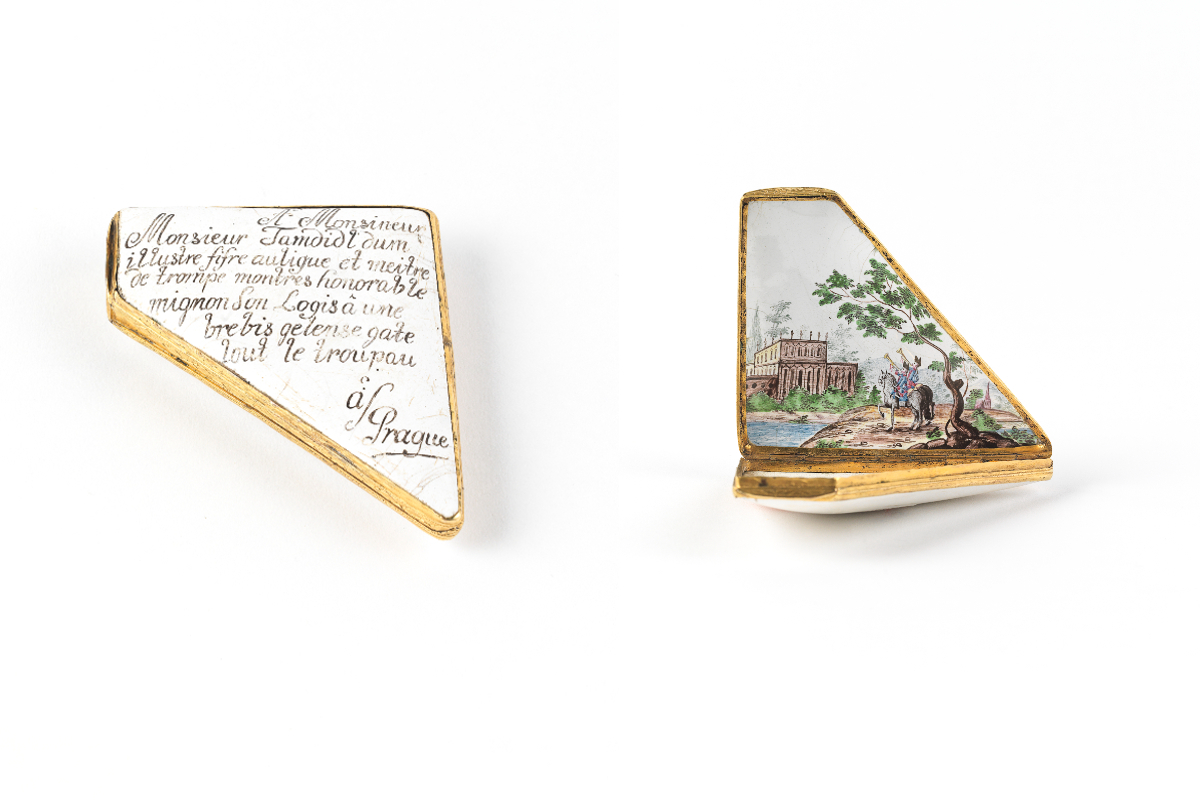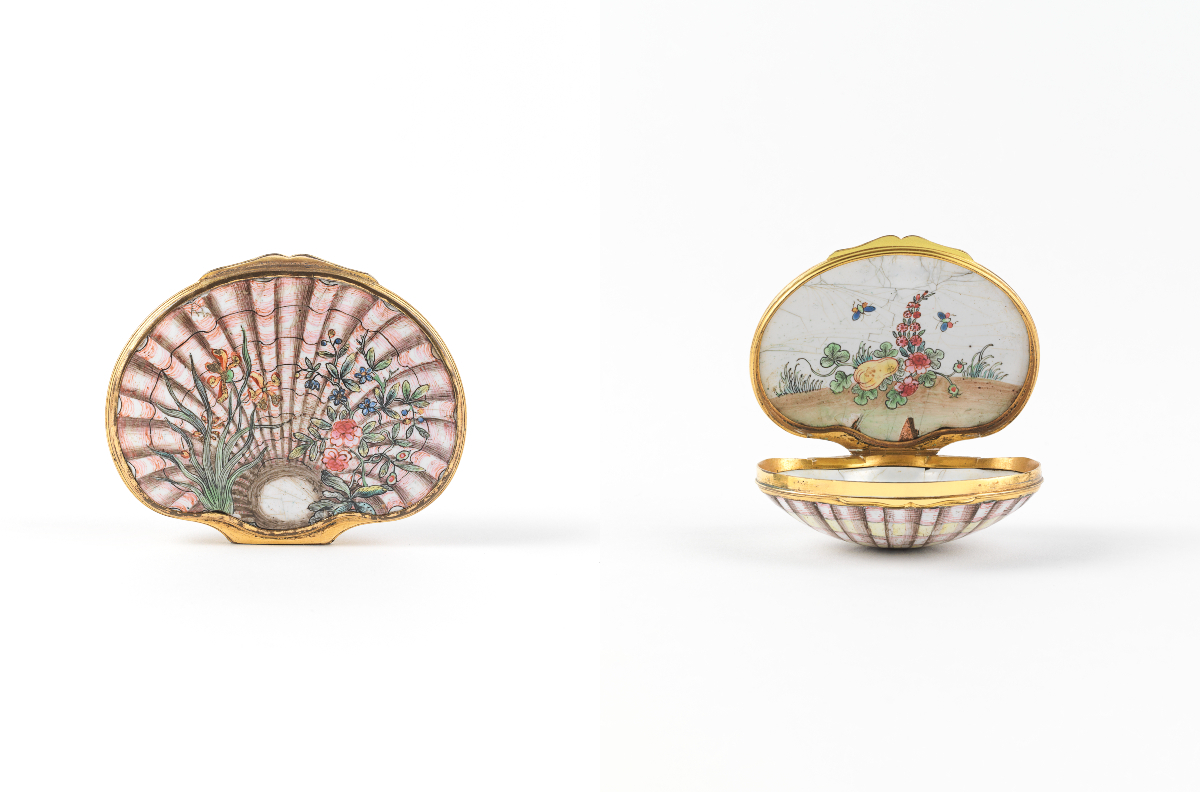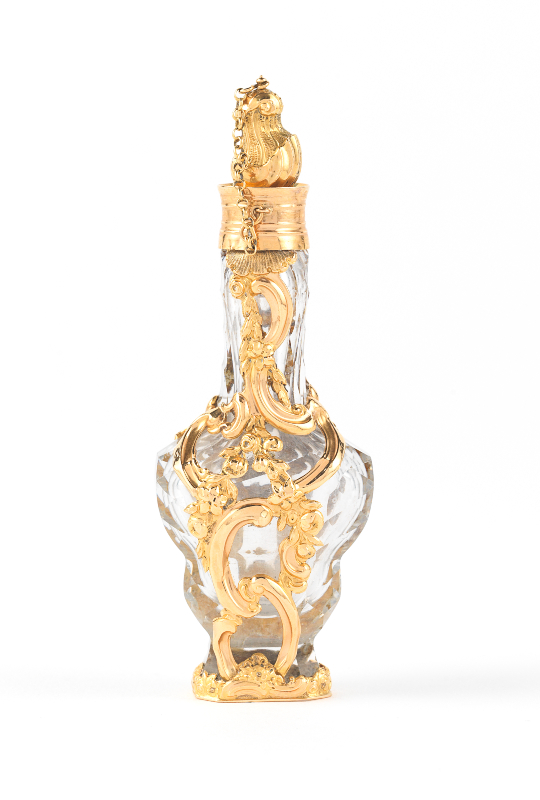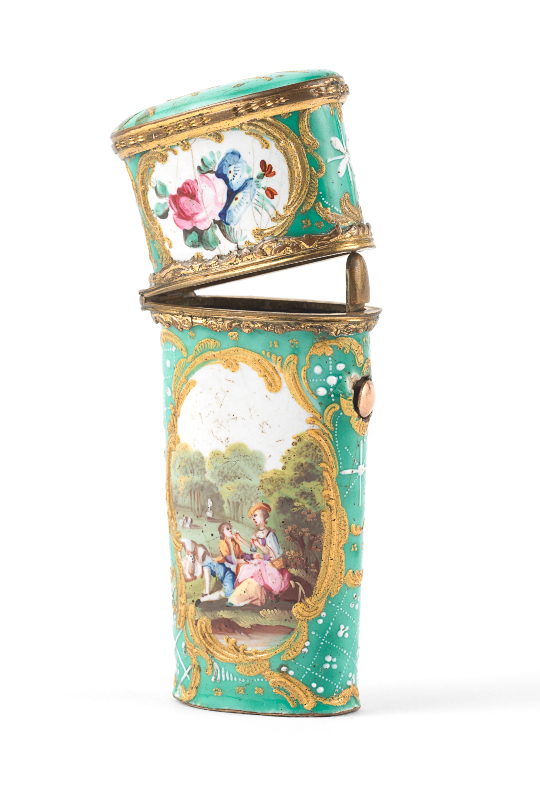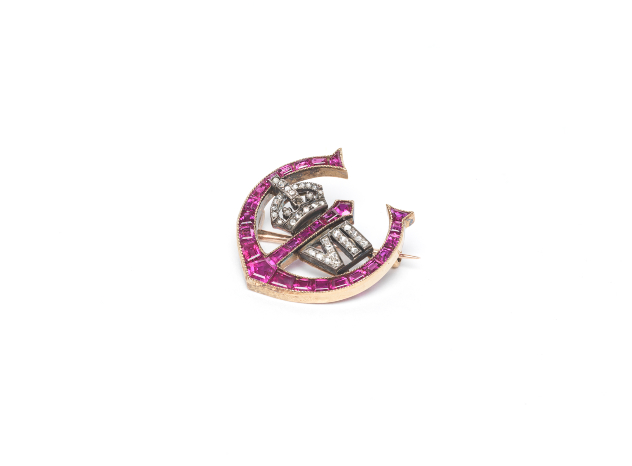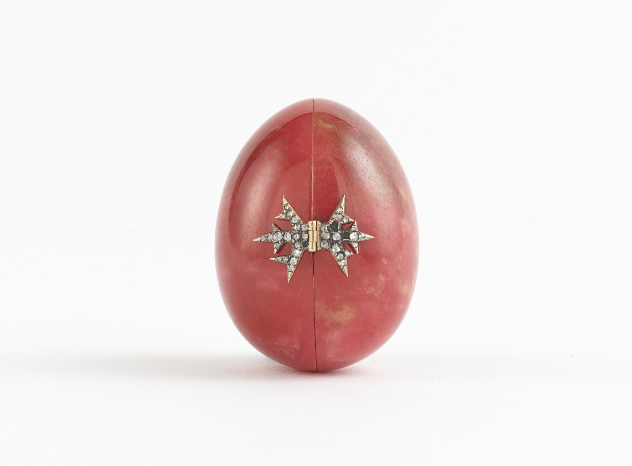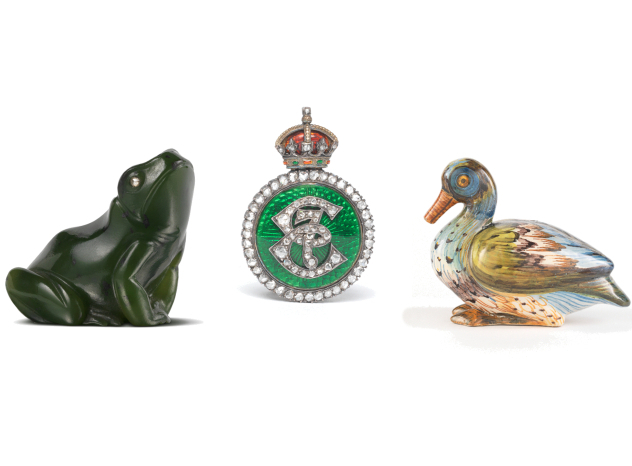The height of Edwardian fashion
In the early decades of the 20th century, collectors paid enormous sums for late Stuart silver in general and chinoiserie pieces in particular. Mrs Greville was keen to follow the trend and was at the height of Edwardian fashion in collecting pieces for display on her dining table.
Mrs Greville assembled perhaps the largest collection of silver in the country of pieces decorated with Chinese- and Japanese-inspired decoration, known at the time as ‘Japan-work’ and now as chinoiserie. Many have since proved to be fakes but this footed salver is a rare and important exception.
The salver, along with much of the rest of Mrs Greville’s Stuart silver, was recorded following her death as having been in her London house, 16 Charles Street, Berkeley Square. The house had an enormous dining room and it would have been on the table there, along with other pieces, that the salver would have been displayed at the glittering assemblies of political and society figures gathered for lunches and dinners. In 1930 the Daily Telegraph recorded that ‘Mrs. Greville is very proud of her rare silver’.
Objets de vertu
Glass, gold, enamels, lacquer, and tortoiseshell are all found in Mrs Greville’s collection of objets de vertu (literally meaning ‘virtuous objects’).
18th-century enamels, like these, were produced by fusing ground glass to a metal surface in a kiln.
